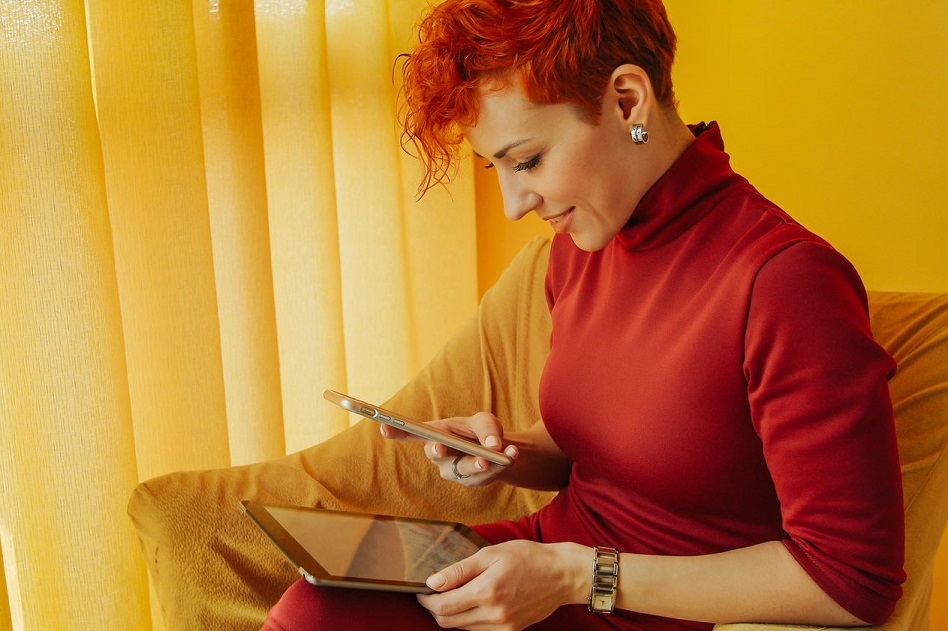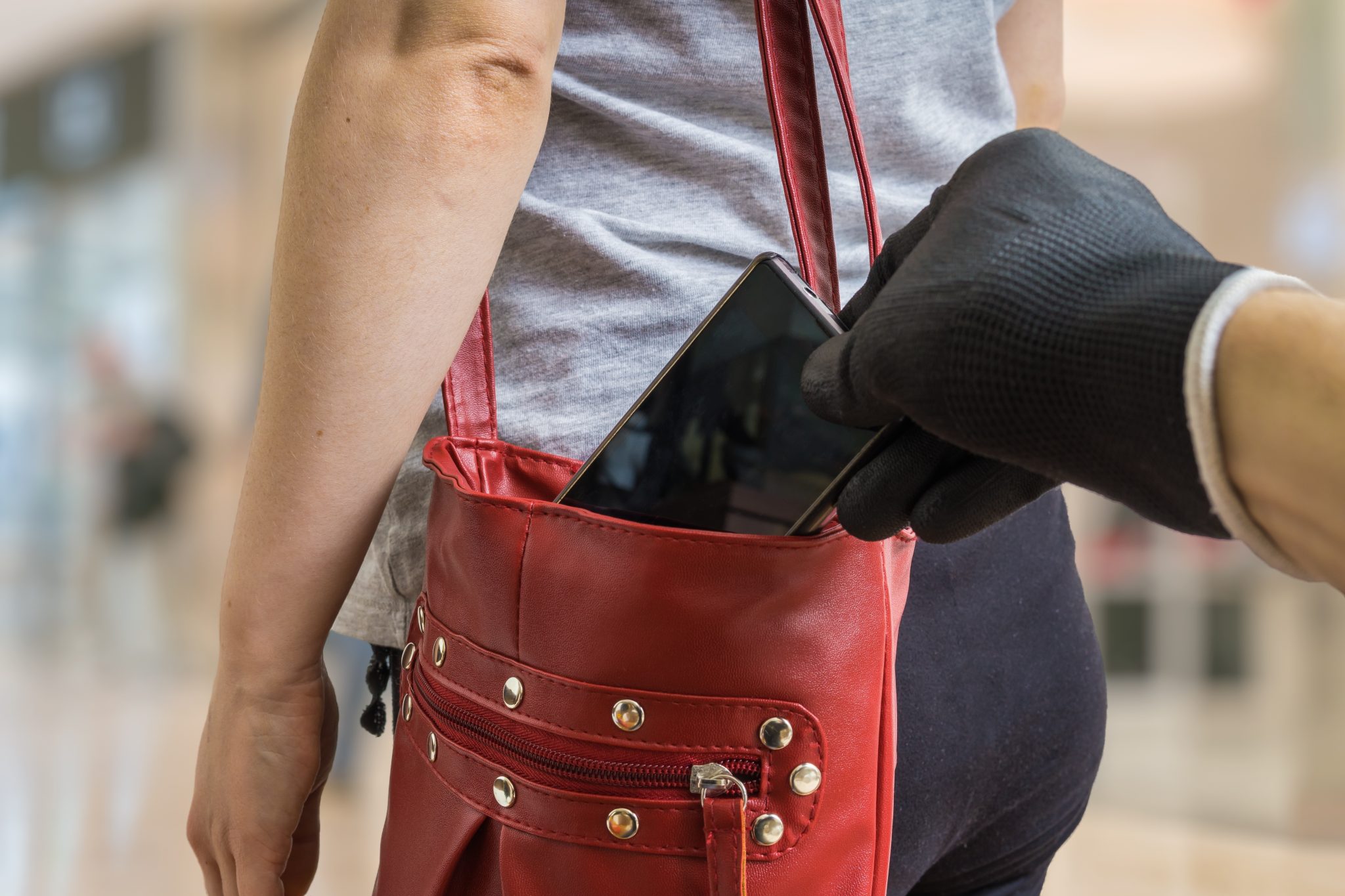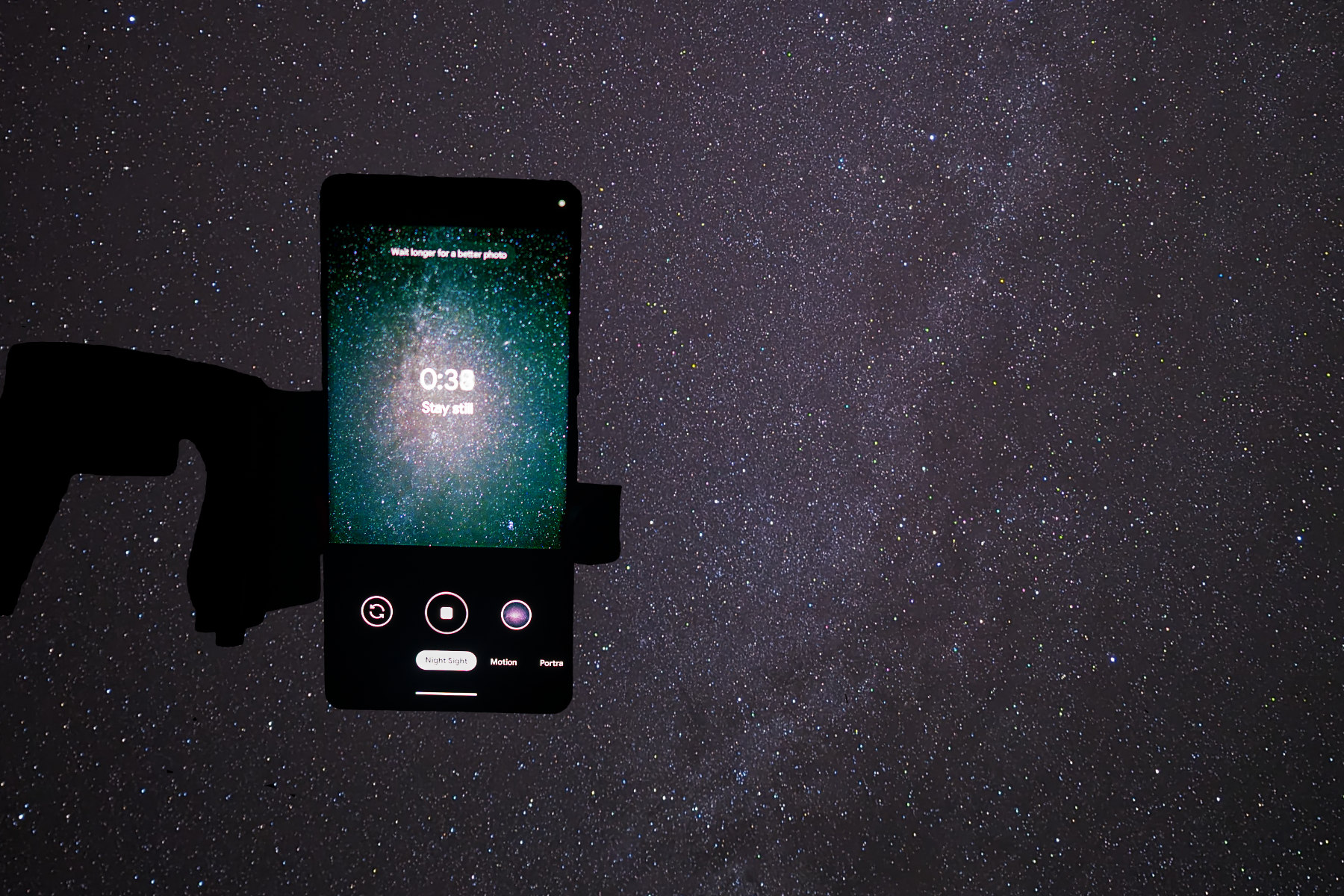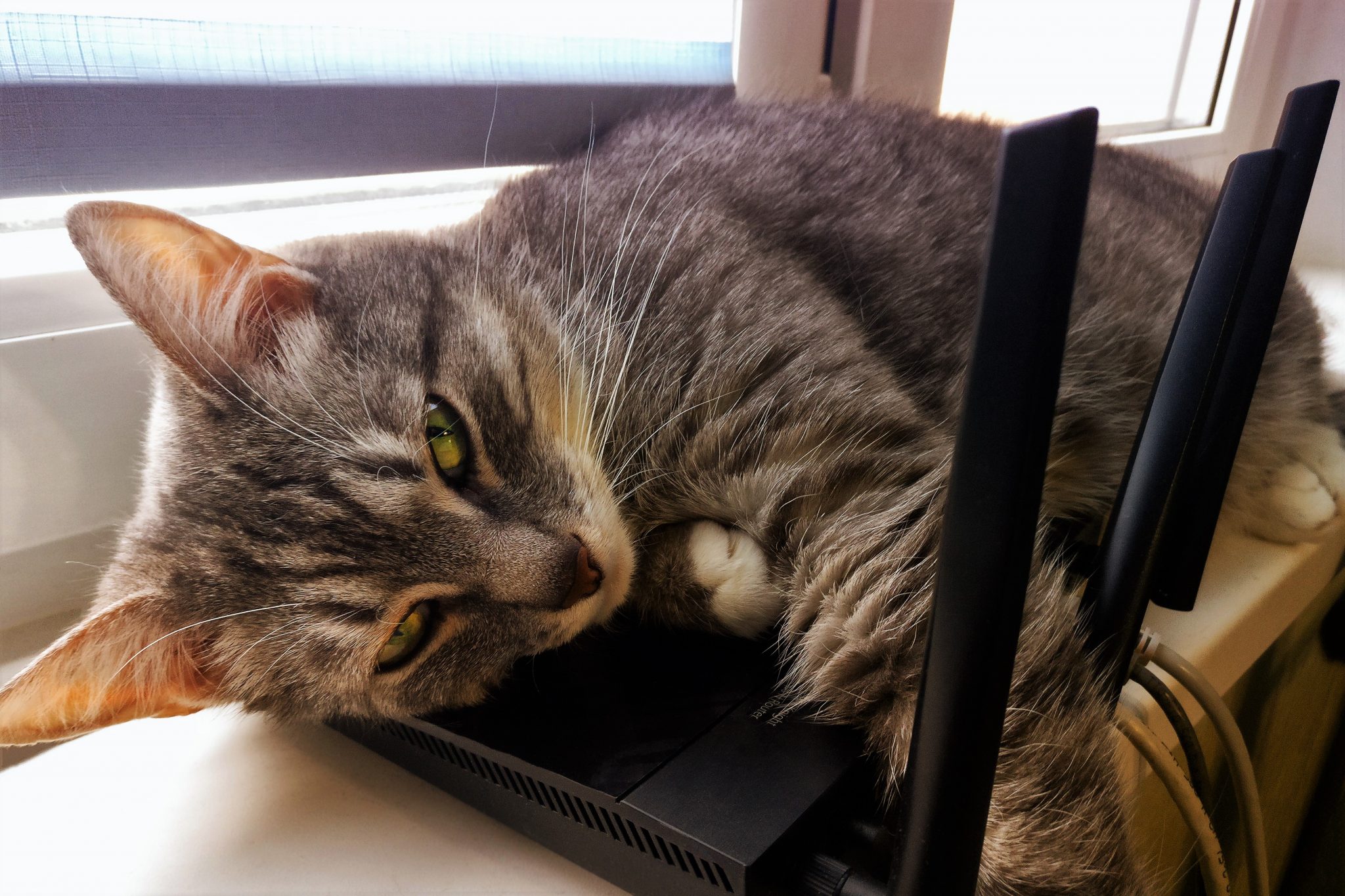
Whether you use iPhone or Android, there are some hidden life-improving features that you need to know about.
Smartphones are our familiar friends, day-in and day-out. But there are some not-so-obvious features that even long-time smartphone veterans might be unaware of. Here’s our selection of the best.
iPhone/iOS tips and tricks
Customise your iPhone’s hidden shortcut button
It may not look like it, but the back of every iPhone since the iPhone 8, running iOS 14 or later, can be used as a button. Known as the ‘back tap’, it’s very easy to set up and use as our video shows:
While the back tap on the iPhone 12 Pro in our video is used to take screenshots, it isn’t limited to just that. You can use it to turn on your iPhone’s flashlight, open the Camera app, and much more. Bear in mind that some phone cases might hinder the effectiveness of the back tap, depending on their thickness or what they’re made of.
Use your iPhone’s keyboard to move the text cursor
Editing messages and emails on your phone can be laborious if your meaty or mishap-prone mitts keep making typos. Fortunately, Apple’s default iPhone keyboard can help with a clever yet non-obvious way of moving the text cursor (also known as the I-beam due to its appearance).
- Press and hold down on the space bar.
- When the letters on the keys disappear, you can drag your thumb (or finger) over the entire keyboard.
- As you do so, the text cursor will move too. The keyboard is now effectively a large touchpad allowing you to quickly and easily move the text cursor to a specific letter or part of a sentence so you can edit it.
Type using just one finger
Typing can still be tricky, especially if you need to bash out a message one-handed – such as when holding on to a safety rail while riding public transport. Thankfully, Apple’s default keyboard can help. Just slide your thumb or finger from letter-to-letter to type out each word, letting go after each word, rather than hitting each key individually. Called QuickPath, similar swipe-to-type features are also available on other keyboards, such as those from Google and Microsoft.
Add custom words and abbreviations to autocomplete
One last typing-related tip. If you frequently need to type out long or unusual words and abbreviations – such as those related to your job or hobby, for example – then you can make this chore a whole lot easier using a feature called text replacements. For example, you can set up a text replacement so that tapping out ‘VONC’ will automatically insert ‘Vodafone News Centre’ into your body of text.
Magnifier
If your vision isn’t quite as pin sharp as it used to be, your iPhone can help by transforming into a magnifying glass for closely examining menus, leaflets and more.
This Magnifier feature has settings from colour filters to contrast settings, which can help if you have other vision issues such as colour blindness.
Customise your app icons
Why not sprinkle some of your own personality over your iPhone home screen? You can now change more than just your wallpaper by customising the app icons on any iPhone running iOS 14 or later.
Technically, you’re not changing your apps’ icons but downloading and adding entirely new ‘shortcut’ icons to your home screen which open your apps and then hiding the apps themselves away in your iPhone’s App Library.
The multi-step process is a bit long-winded, but the end result gives your iPhone a highly distinctive look and it has already proven remarkably popular. Plus, it introduces you to Apple’s Shortcuts app which makes this all possible. You can use it to do much more than just customise app icons, from giving highly specific commands to your smart home, to sharing your files with others.
Enthusiasts have created and shared their own Shortcuts for others to try.
Android tips and tricks
Smart Lock
If unlocking your Android phone is still a chore despite conveniences such as fingerprint readers, a hidden Android setting may be instantly appealing. Smart Lock keeps your handset unlocked whenever you’re in a certain place, such as your home or office. Setting it up might vary depending on which specific model of Android phone you have, but the steps should be similar to Google’s instructions.
App pinning
Say you need to lend your phone to a friend or child, but also want to stop them snooping around or pranking you, then app pinning can help. With app pinning, only an app you choose – whether it’s a game, the web browser, or the phone app, to name just a few examples – can be used on your phone until you turn it off using your phone’s passcode, fingerprint or face unlock. Turning it on and off might seem convoluted, but it’s straightforward once you know how.
Quickly open the Camera app
To enure you have the best chance of snapping a fleeting moment, you can quickly open the Camera on your phone by rapidly double-pressing the power button. This feature should be available on all smartphones running Android 11 or later. It should be on by default on phones such as the Google Pixel and Samsung Galaxy S22 ranges. To double-check on a Pixel, or if you want to turn it off, head to
Settings > System > Gestures > Quickly open camera
The exact steps may vary depending on which model of Android handset you have, but they should be similar.
![Happy-tourist-couple-taking-self-portrait-travel[AdobeStock] stock photo of a tourist couple in sunglasses and sunhats taking a selfie together using a smartphone while outside in a sunlit street](https://www.vodafone.co.uk/newscentre/app/uploads/2023/06/Happy-tourist-couple-taking-self-portrait-travelAdobeStock.jpg)

![erasing phone contents [Adobe_Stock] stock illustration of a phone being erased](https://www.vodafone.co.uk/newscentre/app/uploads/2023/06/erasing-phone-contents-Adobe_Stock.jpg)






